Celebrating Easter, including its preparation, is distinct to each culture and religious tradition. Candelaria, a World Vision community volunteer, and her daughters Martha and Mara describe how their family prepares and celebrates Easter in Colombia according to Catholic tradition.
* * *
The following post was written by World Vision field communicators Ivon Curevo and Astrid Zacipa.
There is a Wednesday ever year in which Candelaria, 29, and her husband Carlos, 46, go with their daughters Marta, 11, and Mara, 7, to the nearest Catholic Church to receive from the priest the imposition of the cross of ashes.
“You are dust and to dust you shall become,” says the priest, while drawing the symbol of the cross on their foreheads with ashes. This day is known as Ash Wednesday and marks the beginning of Lent — forty days of preparation for Easter.
“Lent is the time to get together as a family, to feel at peace with God. It is a time to reflect on the positive as well as the negative aspects of our lives and to repent ourselves,” says Candelaria.
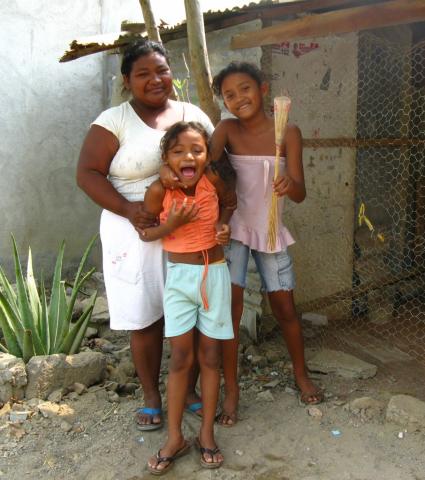
Especially at Easter, Candelaria and her family abstain from eating meat, except fish, like many of those of Catholic faith. “From what my mom taught me, we do not eat meat [so as] not to desecrate the suffering of Jesus on the cross,” says Candelaria.
Because it is Easter, Carlos saves money from his bricklaying work so Candelaria can prepare a special meal for the family on Thursday or Friday. “Mom prepares fish from the river, beet salad, rice with beans and fresh fruit for dessert,” says Mara.
As learned from her grandmother and her mother, Candelaria has taught her daughters the Catholic traditions of Holy Week. The first Sunday of Easter recalls the day that Jesus entered Jerusalem at the beginning of Passover and was acclaimed by the people. That day the custom is to “take a bunch of palm to the church for the priest to bless it,” says Mara.
In the days that follow it is customary to make the Way of the Cross, which is a representation of the path that Jesus followed, carrying the cross to Mount Calvary. The various stations in which this event divides guide the route of the procession on the streets of the neighborhood. “When the Holy Week ends, we go to church on Sunday of resurrection,” says Candelaria.
The celebration of Holy Communion during mass, a rite known as the Eucharist, brings to memory the sacrifice of Jesus. “Jesus was put on a cross because he helped people. … After that, Jesus rose up from the dead and [now] he lives in heaven and in our hearts,” says Marta.
Candelaria and her family enjoy these moments in community while maintaining the experience of faith within their home. “Carlos and I pray with our children, we read the Bible. We read especially the Psalms often,” says Candelaria.
She also encourage her daughters to have a personal relationship with God. “I teach them that we have to thank God every day for everything to be in good relation with Him and with ourselves,” she says.
Happy Easter to you and your family from the World Vision international family. May celebrating Christ’s resurrection remind you of the eternal hope it’s given to our world.
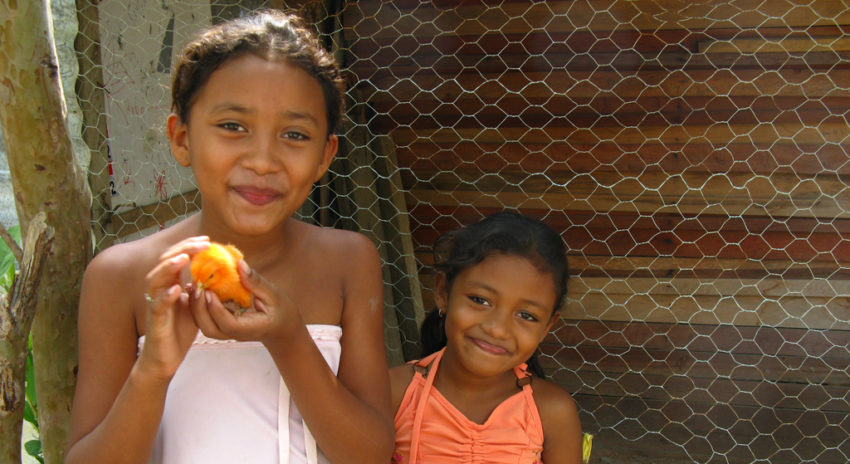
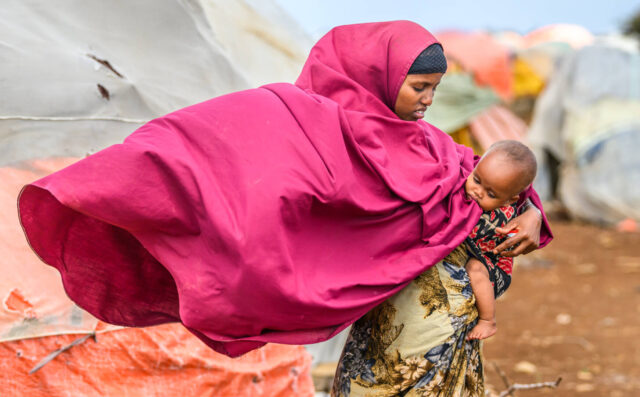
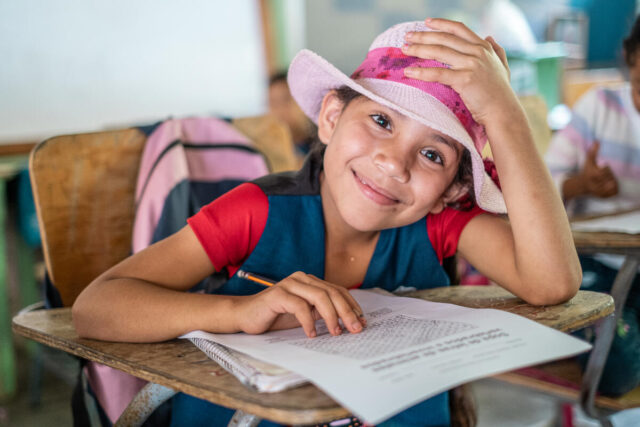

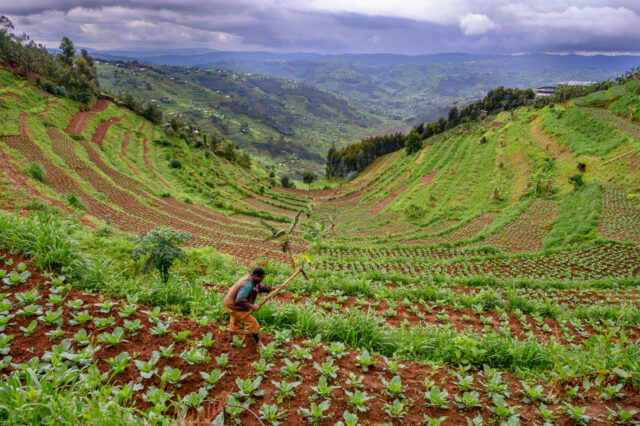
Comments